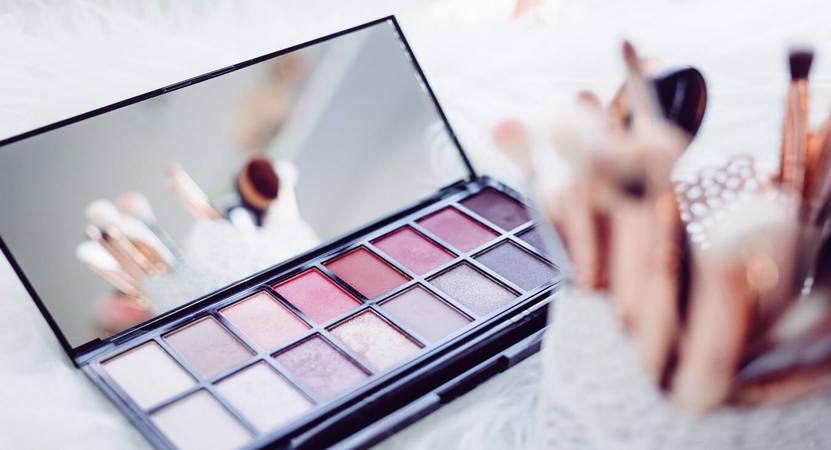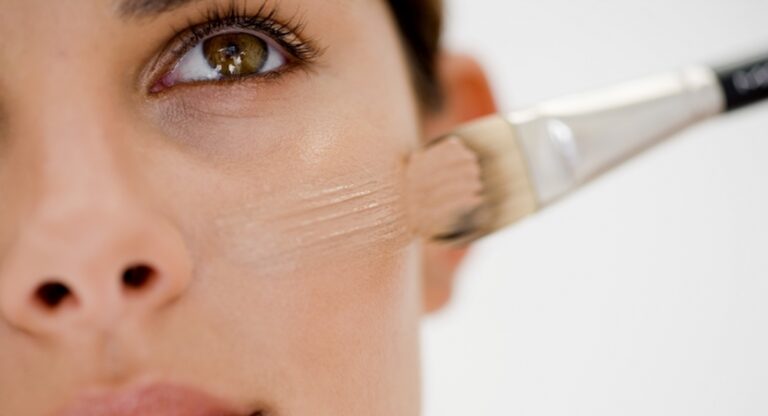This is not a subject discussed often enough, and we encounter far too many people who continue using beauty products that have long expired simply because they don’t understand the science. Here’s everything you need to know about how long dos makeup last and expired makeup.
In this article we discuss the following:
- Does Makeup Expire?
- How Long is Mascara Good for?
- How Long Does Lipstick Last?
- Does Lip Balm Expire?
- How Long Does Eyeshadow Last?
- How Long Does Powder Foundation Last?
- How Long Does Eyeliner Last?
- How Long Does Liquid Foundation Last?
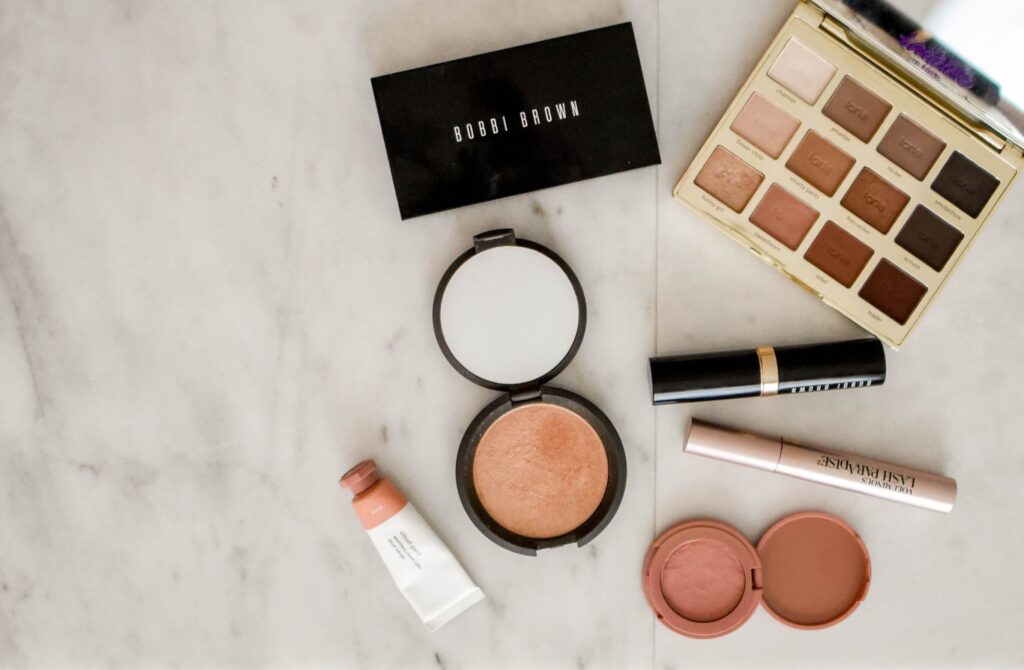
Does Makeup Expire?
Makeup has an expiry date? It sure does. Just like any fresh food item, makeup will eventually start to decay, which is why respecting a makeup expiration date is so important.
Individual ingredients used in certain cosmetics can’t last forever unspoiled. A lot of them are derived by nature, and chemical counterparts can only hinder the spoiling process for so long before nature itself takes its due course.
On that note, natural beauty products expire a lot faster than chemical ones. This is because there are usually no parabens or preservatives in them to delay the process. During her experience formulating a 100% naturally derived lipstick, Ada Hsieh, CEO & Founder of Ada Lip Beauty, found that “Makeup doesn’t last very long without the help of chemicals and preservatives in a formula.”
Is there a risk to using expired makeup? There is indeed. When makeup starts to rot, it becomes a breeding ground for harmful bacteria and fungi. In the beginning, these will be microscopic, and invisible to the naked eye — which is why the expiration date is there to alert you to their presence.
According to Shureice Kornegay, Owner and Founder of Fleeky Friday, “It is important to be aware of the lifespan of your makeup to prevent breakouts, skin irritation and premature aging.”
Spreading these fungi and bacteria over your skin can pose a multitude of risks. You may experience breakouts, bacterial infection, fungal infection, or rashes. Expired lipsticks can bring mouth related ailments like cold sores. Never apply expired makeup onto broken skin.
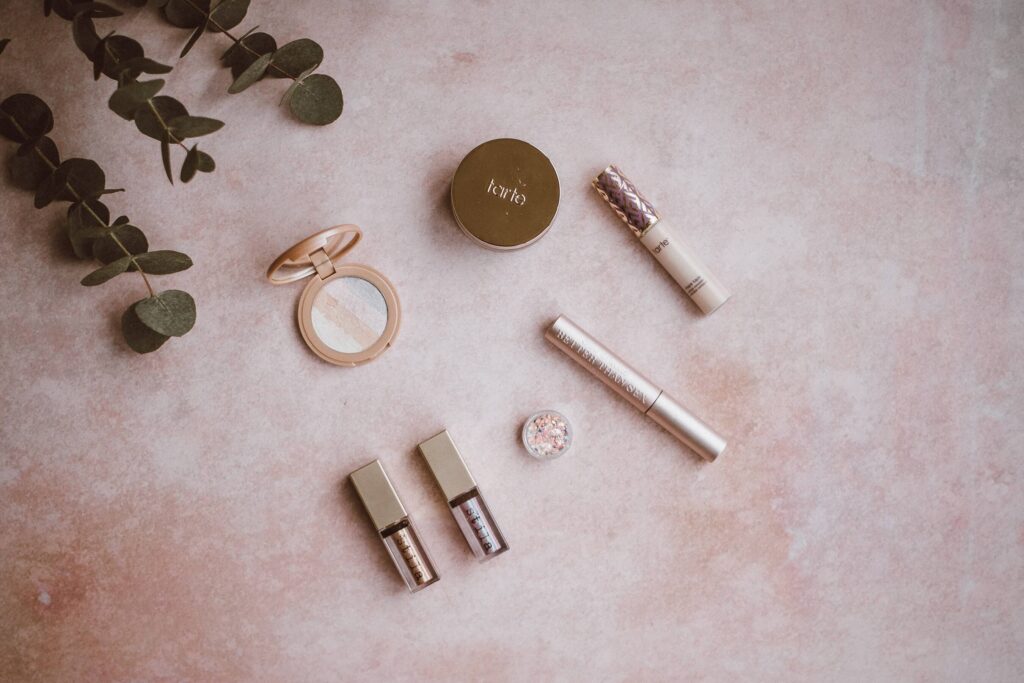
How to Check Expiry Date of Cosmetics
A cosmetic expiration date should be clearly displayed somewhere on the packaging, product label or product casing. This may be in the form of a handwritten sticker, a stamp or a printed panel of information.
When does makeup expire? It depends.
It depends on the brand, the manufacturing process, the ingredients and how well the storage instructions are adhered to once in possession of the user. By law, all cosmetic brands should disclose an accurate date of expiration for their products, however this is not always a regulated sector, particularly when it comes to the more natural and homemade cosmetics.
Scan the packaging of your product for any indication of a date or timestamp. If one is not present or visible, reach out to the brand in question and let them know you’ve been looking for a makeup expiration date on said item, could they please provide you with more information?
A brand has the moral obligation to respond with their expiration specifications so that no one is left at risk whilst using their product. On that same note, if you purchase a makeup product from a store, and you feel that it may already have expired having spent too long on a shelf, reach out to the store in question or the brand, and let them know.
There is widespread misconception amongst beginners in the beauty world who believe that expiration dates are simply a marketing tactic to ensure that they have return buyers every few months. If you don’t finish a lipstick before the date of expiration, you buy a new one and discard the unfinished one.
While this would make sense, and may be the case with some integrity compromised brands, it’s largely untrue. The truth is the shelf life of makeup is never as long as one would estimate it to be.
Heather Coopersmith, a makeup artist for over two decades at Makeup the Bride, adds “Products start their lifespan once they are opened and air gets in.”
How to Tell if Makeup is Expired
Sometimes the physical decay of a product actually precedes the expiration date itself. What we mean is that that makeup starts to show signs of spoiling before the date in question. There is also the possibility of a product having no formal date stipulated, but the user has a suspicion that something just isn’t right with the product. When should you throw makeup away? This depends on any one of the following changes:
Consistency
If there is a noticeable change in consistency of your makeup product, it is likely that the item has spoiled. This is easier to notice in liquids such as foundations and primers, but can also be the case for cream eyeshadows and blushes.
With makeup, consistency is key. A change to the thickness, pliability or density of a product is a common indication that one or more of the ingredients have started to decay.
Smell
This is another key giveaway that something inside of the makeup is no longer in its prime condition. Most beauty products start out with an appealing scent, used to elude the user into believing there are less chemicals in the formula that is reality.
That moment of opening up a makeup product you have not used in a while, and encountering an unfamiliar smell, is something that almost all makeup users can relate to.
Spoiled makeup might smell anywhere from neutral to awful; there is no blueprint for how different ingredients start to decay with stench.
Color
When any makeup product has started to oxidize, the color is bound to change. This is true for foundations, eyeshadows and even highlighters.
Color change is a sign of bacterial growth in the makeup. There is no way to stop it once it sets in, and the only option is to discard the product entirely, or risk bacterial spread occurring on your facial skin.
Clumps
Any makeup product that is liquid in nature (foundation, lip gloss, nail polish etc) should retain a smooth consistency. If clumps have appeared in the formula, then the product has already expired.
Clumping in makeup means that bacteria have gathered together are are forming colonies. You don’t want these anywhere near your face or mouth!
Separation
When the ingredients in once consistent products start to separate, it’s a sign that the product has reached the end of the road. Foundations, liquid lipsticks, nail polishes and any other liquid formulas that separate in the bottle, have given up as their bonds have broken down.
Film Layer
When you open a product to find a layer of film, or chalky substance, coating the top — the makeup has expired. This one is particularly applicable to powdered products held in compact cases.
How Long is Mascara Good for?
How long does mascara last? Well, that depends.
A makeup shelf life unopened is very different to that of an opened product. The clock on your mascara starts ticking from the moment the seal is broken and the first coat is applied to your luscious lashes.
Mascara has a lengthy shelf life when left unopened, but the moment you start using it, it’s one of the fastest makeup products to spoil. This is because a mascara wand makes contact with your face, and then re-enters the tube, talking along whatever bacteria it has accumulated along the way.
Each time the wand re-enters the tube, there is also a lot of air that is pumped into the bottle, making for an environment where bacteria can thrive.
Mascara should be used in two to three months, and then discarded. There may be signs of spoiling prior to this, depending on the climate in which you live.
People in areas with high humidity are pumping moist air into their mascaras with every use. This can accelerate the rotting process and render your product useless in just over a month or less.
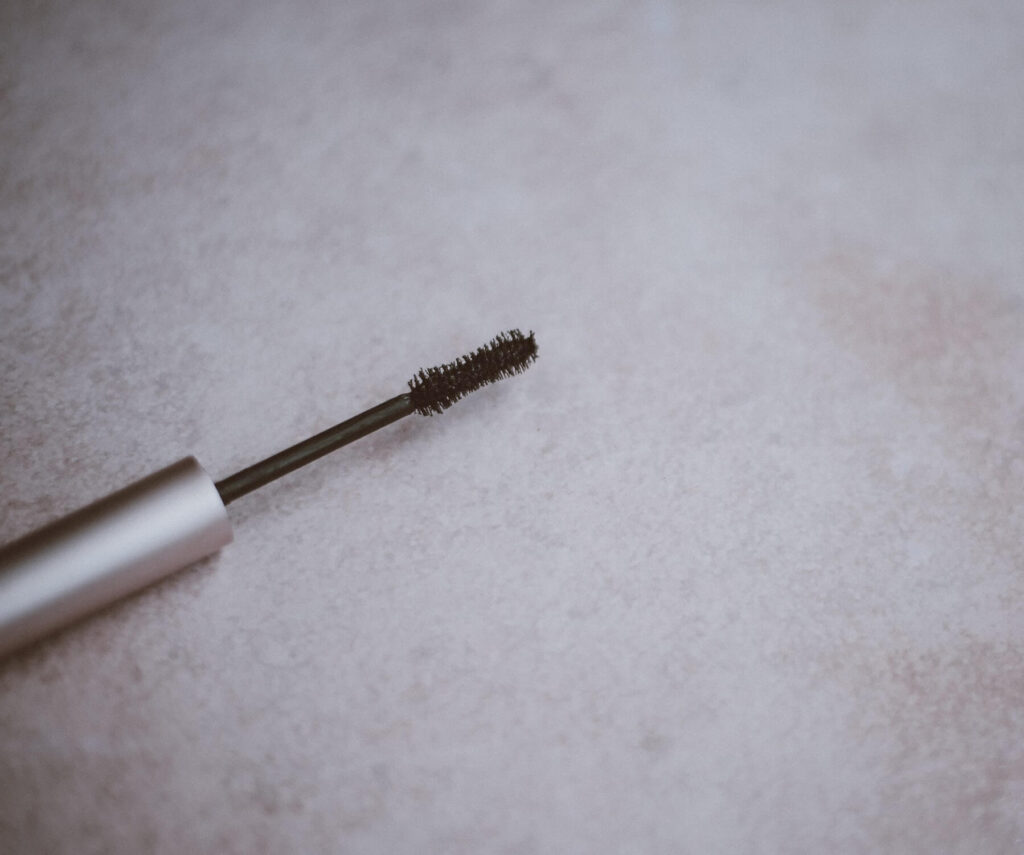
Keep an eye out for signs of spoilage in your mascara by being sensitive to its consistency. If you’re noticing far more clumping that when you first started using it, then the product has started to go off.
Similarly, mascara has the tendency to adopt an unappealing smell when the ingredients start to give in. Be sensitive to this as well. We always recommend that an individual memorize the smell of their cosmetics during their first few days of use; that way, they are fully alert the minute the product no longer holds that initial scent.
How Long Does Lipstick Last?
Does lipstick expire? We get this question a lot. A lot of people feel as though because lipsticks are so firm and composed, they can’t really be broken down into decaying bonds.
This is untrue, and a lipstick shelf life varies between brands, formulas and times of usage. Here are the answers to the questions on everyone’s minds:
How Long Does Lipstick Last Once Opened?
There is a culture amongst lipstick lovers of stocking up on particular shades for future use, in fear that the product may be discontinued in years to come. When an individual feels comfortable in a lip color, they’ll do just about anything to ensure they always have access to it.
When left unopened, a lipstick can last up to three years before any spoiling occurs. They are airtight, meaning that no air or moisture can get inside, and usually there is a protective film around the product that provides an additional barrier.
How long can you keep lipstick before it goes bad? Once opened, the expiry date of a lipstick remains a cosmetic lottery. There is no saying as to when exactly each product will show signs of decay, and as a general rule it’s up to the user to keep an ear to the ground and pick up on the product’s expiration as and when it occurs.
You can continue using your lipstick up until it starts to smell noticeably different to how it was when you first opened it. You might also notice a strange or unpleasant taste has manifested while it is on your lips — this is a sure sign that it’s time to toss it!
Sometimes it’s not the smell or the taste that gives expiration away at all; it’s the texture. Lipsticks that have started to break down from the inside out are likely to change in texture. What was once a product that could glide over your lips with ease, may now be a stick of thick paint with limited pliability.
When a lipstick breaks in half as you are attempting to apply it, it’s safe to say that the compounds are no longer intact. Sticking the broken shaft back into the tube won’t change the fact that there is bacterial decay occurring and you shouldn’t be putting it so close to your mouth.
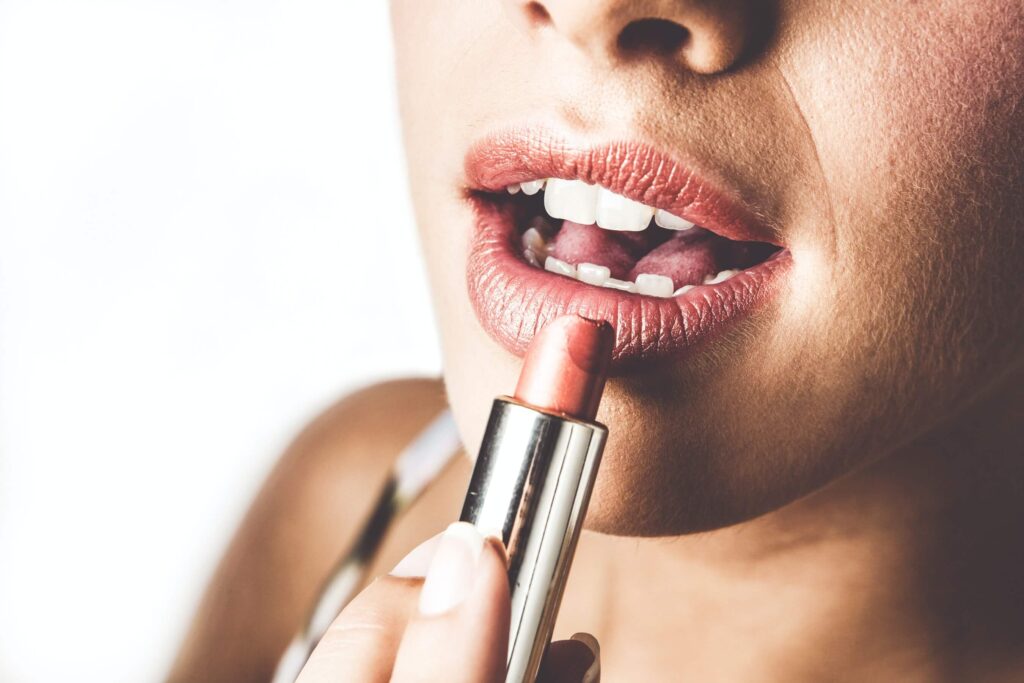
How Long do Liquid Lipsticks Last?
Liquid lipsticks and lipglosses don’t have quite as long a life as regular lipsticks. This is because they come with applicator wands, just like mascara, so there is an invasive procedure occurring every time the product is used.
Every time you apply the product to your lips, there is an exchange of air, bacteria and dead skin cells. These are delivered right back into the tube, where the mutative process can occur.
One way to extend the life of liquid lipsticks is to keep your applicator wand as clean as possible. Whenever you wash your regular makeup brushes, include the applicator wand in the batch. You can also involve your mascara wand if you seek to make this product last longer, too.
Generally, a liquid lipstick will last anywhere between 6 to 12 months before expiring. Again, you’ll have to keep a nose and eye out for any signs of decay that may be alerting you to a compromised product.
Liquid lipsticks and glosses might become exceptionally sticky; almost unusable. This is a sign that the formula is no longer intact and should not be used on human skin. There is also the possibility of an unpleasant smell, or for irritation to occur when the product is used on the face.
Some liquid lipsticks won’t even give you the warning signs, they will simply dry up and evaporate inside of the tube. One day it’s there, the next day it’s gone. A lot of people who have encountered this experience will have assumed there was a leak in the seal and that the product simply ran out without anyone noticing. In reality, there was a rapid evaporation that occurred when the bonds in the formula began to weaken.
Natural liquid lipsticks and glosses might exhibit actual mould inside of the tube. This may be in the form of white specks, or mossy growth in the empty space of the product. Such a minuscule amount of fungi is likely harmless, but we don’t recommend continuing to use these products.
Does Lip Balm Expire?
We consider lip balms to be a form of makeup, even though there are many anti-makeup communities who would strongly disagree. Lip balms are mostly protective, but they can be aesthetic, so it’s worth including when taking an in-depth look at how long does makeup last.
With balms, it’s a spectrum! There is no single period of use that can be applied across the board. Generally, most store-bought lip balms have a stipulated shelf life of roughly two and a half years. This is tentative, and once opened, the product can start to decay at any time depending on frequency of use and the climate in which it exists.
Lip balms text to brave the toughest terrains alongside their users. They melt in the sun, and then re-set in the shade, which brings a life of arduous shifts in consistency. Every time this happens, a bit of the formulation bonds are broken down, and your date of expiry is pulled closer.
Those lip balms that contain skin protectants or SPF’s will expire a lot sooner than those without. Anything with zinc oxide or titanium dioxide will have a maximum usage period of about a year; after that, the product will no longer be able to do what it claims to.
Thankfully, there is no real threat to using a lip balm long after its expiry date. They are not major carriers of bacteria or fungi, so the risk of infection is low. What may happen when using an expired product is that it starts to do the opposite of what it is supposed to. Instead of moisturizing, it will dry out your lips quite severely. Instead of protecting, you may find it attracts UV rays without the ability to shield and you experience sunburn.
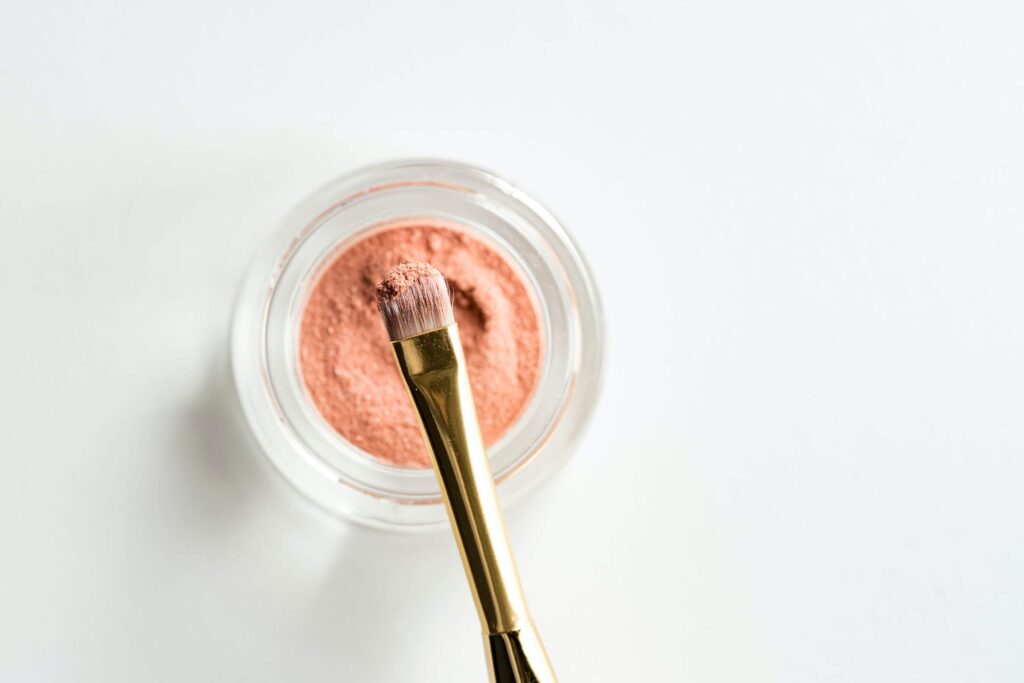
How Long Does Eyeshadow Last?
Like lip balms, the qualms of using expired eyeshadow are similar. You won’t experience anything life threatening, but there will be noticeable weakness in the ability of the product to do its job.
People often ponder how long do eyeshadow palettes last, and about how long to keep eyeshadow before opting to throw it out. Eyeshadow expiration can reach up to three years for those products that are in powdered form.
Some brands make creamy eyeshadows that are a lot more moist than their powdery counterparts. These types of shadow expire a lot faster, as the creaming formulas are prone to spoiling.
There are also those eyeshadows that are not held in a pallet at all, but rather in a mascara-type tube with an applicator wand. These too have the potential to expire a lot faster than a pallet option as the wand is being reinserted into the tube after every use, taking along contaminants with it.
As a general rule, invest in a fresh product around the two year mark — just to be safe! High quality products bought from reputable retailers can be pushed closer to the three year range.
Cheap eyeshadows should be thrown out after about a year, or the minute the product shows signs of weakness.
However, Yuna Rapoport, MD MPH, Director of Manhattan Eye, cautions “Regarding eye makeup, it is important to replace it approximately every 3 months to ensure that you do not develop any eye infection or eye inflammation like blepharitis.”
What we mean by this is that sometimes eyeshadows lose their tone or pliability. Some eyeshadows will lose their vibrancy of color, or prove unable to stick to the face as successfully as they could in the beginning of their lifespan.
Eyeshadows may also develop that layer of film or chalk-like substance over the top. While these will easily rub away during use, it is considered a sign of expiration and should be dealt with accordingly. Don’t ever rub this chalky film into your eyes.
You can apply the expiration rules for eyeshadow to bronzers and blushes as well. All are made of largely the same compounds just in different quantities, so their process of decay are roughly the same.
Kornegay adds, “You can also increase the shelf life of your products by avoiding using your hands with them, and never sharing your products to avoid cross contamination.”
How Long Does Powder Foundation Last?
If at this point we’ve got you wondering ‘does foundation expire?’, the answer is absolutely yes!

Powder foundations are interesting, because they give themselves away very quickly should they start to go off. The key is in the texture of the product, which is what will start to change the minute there is a flaw in the formula bonds.
If the powder compact starts to appear dry and flakey, then decay has begun. You might only notice this when running your makeup brush or sponge over the surface, and seeing small flakes pulling away in an unfamiliar fashion.
If you’re not the most alert with these kinds of things, powdered foundation will announce itself as expired the second it reaches the skin of your face. Something won’t sit right, and your makeup will look and feel considerably different to how you are used to.
Some describe it as a caking sensation; as though their powder is no longer able to spread as well as it could in the past. Others experience flaking around the crease of the nose and mouth, which is not necessarily something the foundation would normally do.
Generally, powdered foundations expire anywhere between six months to one year from their first point of use. Individuals who suffer from acne should never use a foundation (powdered or liquid) that is showing signs of expiration.
If you accidentally drop your powder compact on the floor and cause the makeup to shatter into tiny pieces, note that this will reduce the lifespan of the product quite significantly. The breakage will invite air into the foundation, and accelerate any bacterial growth. A shattered makeup product can be used for a while so long as the user is happy to work around the pieces, but it should be replaced around the 6 month mark.
How Long Does Eyeliner Last?
There is no greater investment than a pencil eyeliner — in our humble opinion!
Though they may be considered to be outdated, pencil eyeliners have mastered the art of avoiding expiration, due to the fact that their outermost layer is regularly shaved away, taking along any bacterial build up with it.
The rest of the product that remains embedded between the wood is safe and willing to live out as long a life as the user affords it. Eyeliner pencils don’t ever really expire, unless some kind of significant contaminate has managed to penetrate the wood.
For example, if your makeup bag accidentally goes through the washing machine, an eyeliner pencil will absorb a significant amount of water and soap. This can cause the wood to rot, and this will compromise the product within.
No, we didn’t forget about regular eyeliners. Those that twist and turn, and live inside of their plastic shells, either to be applied like a pencil or using an applicator wand.
These products tend to last between six and twelve months, depending on the nature of use and external environment. Clumping is one of the most common signs of a compromised eyeliner. Some skip this step, and dry out to the point of turning to a charcoal-like consistency, rending the eyeliner totally unusable.
To maximize their life span, keep your eyeliners in a cool, dark place where it is not subject to intense heat or moisture.
How Long Does Liquid Foundation Last?
“How long is liquid foundation good for?” is one of the most asked questions on the internet.
Liquid foundations can last anywhere between 8 months to a year, and this is largely dependent on how the product is packaged.
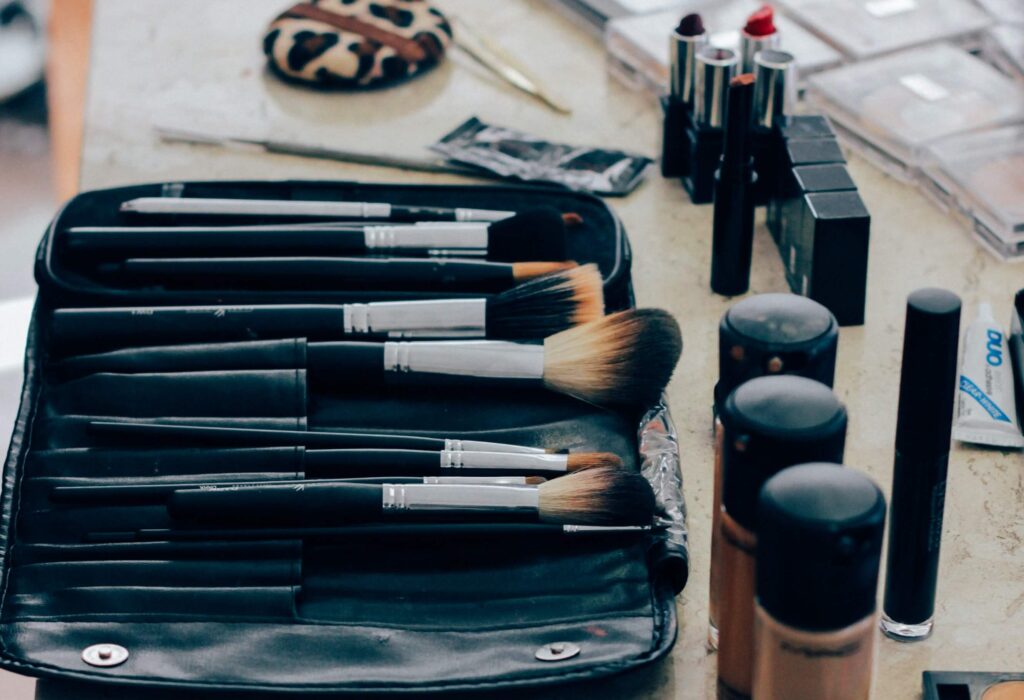
Liquid foundations that are contained in pot-like holders have the tendency to expire a lot quicker than those in pump-bottles. The reason for this is because the user will have to insert their fingers, makeup brush or beauty blender into the pot repeatedly in order to get the product out, which sends bacteria into the formula with every use.
Pump foundations are great because they keep a bit of a barrier between the user and the product. The pump will deposit the foundation directly into the user’s fingers or makeup brush, and they can then apply it accordingly.
Common misconception is that using a makeup brush or beauty blending sponge reduces the spread of bacteria from face to product. This is not necessarily true, unless the user is making the time to properly wash their brushes or sponges after each use.
Makeup brushes are some of the most bacteria-ridden tools that we use on our face. It is very difficult to keep them from contaminating a liquid foundation without the use of a pump dispenser.
Your liquid foundation might exhibit any of the following characteristics that are signs of expiration:
- An unexplained change in color or tone. Suddenly the foundation just doesn’t seem to match your complexion.
- Rapid drying out once on the face, and potential flaking.
- Clumping when coming out of the dispenser.
- An unfamiliar smell (usually like strong chemicals).
If your liquid foundation starts to make your face itch upon application, it’s got to go! Itching is a sign that compromised product is entering into your pores and being recognized as unfamiliar.
Did You Enjoy This Article?
If you enjoyed this article, you might also like our articles discussing makeup such as Best 10 Organic and Natural Lipsticks, Mica in Makeup, 12 Best Organic, Non-Toxic, and Natural Mascara, Top 15 Zero Waste Makeup and Sustainable Packaging Brands, and Skincare Fridges.

